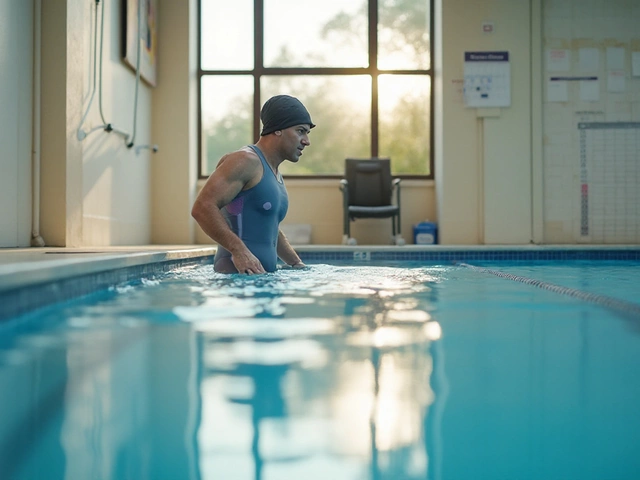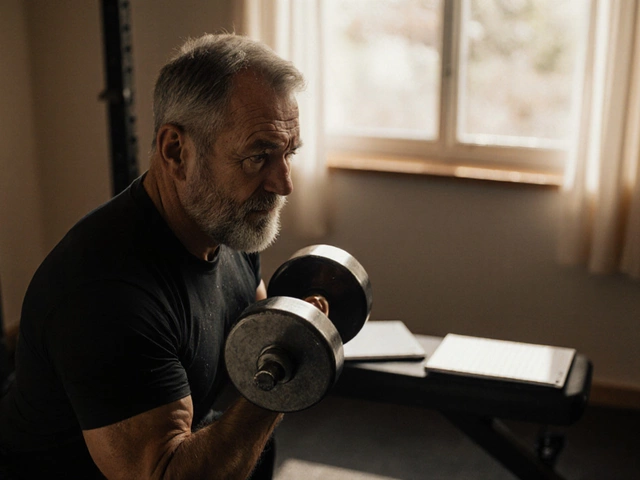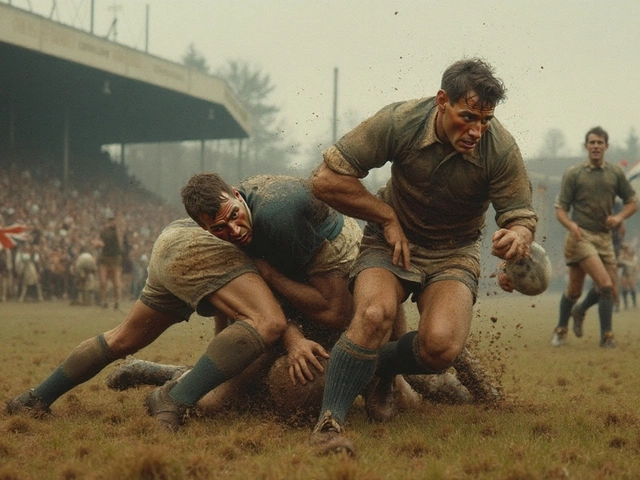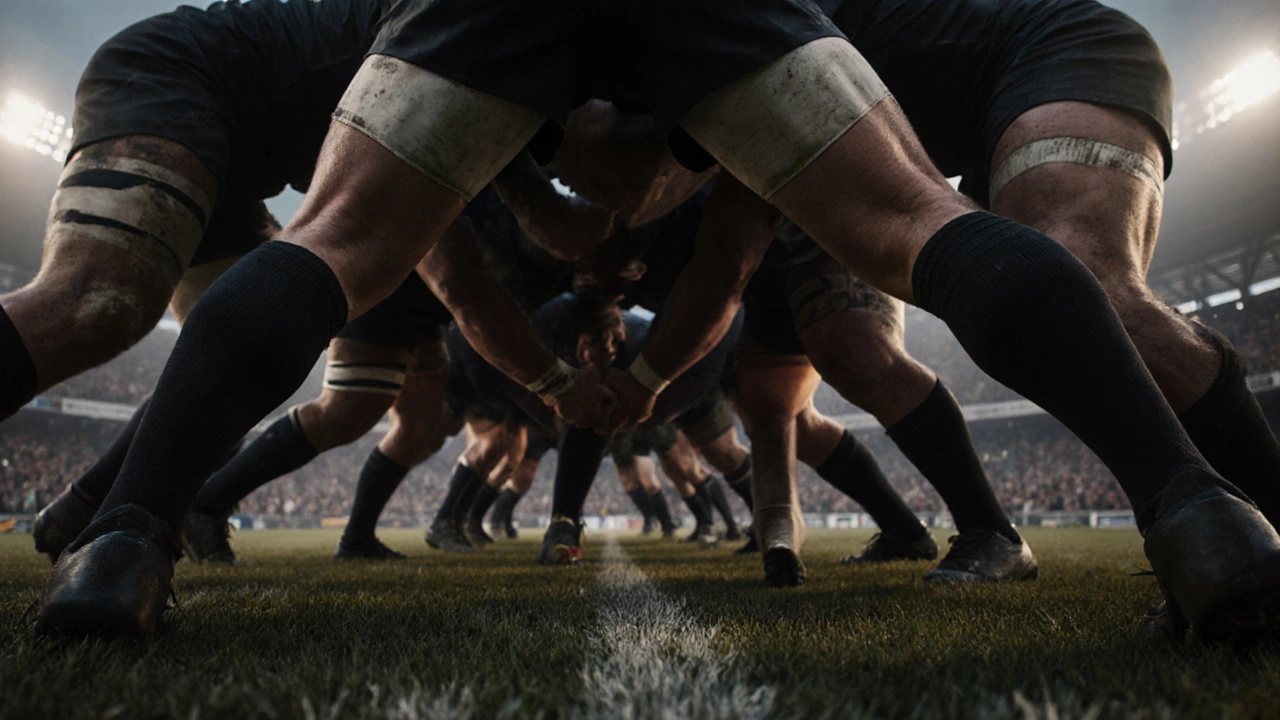
Fitness October 18, 2025
Why Rugby Players Have Massive Legs - Explained
Rugby Leg Training Calculator
Calculate Your Rugby Leg Training Weight
Enter your maximum lift for the exercise and select the exercise type to see the recommended weight for rugby-specific training.
Recommended weight: kg for
Ever wonder why rugby players look like they could power a locomotive with just one stride? The answer isn’t a mystery of genetics alone - it’s a mix of the sport’s demands, targeted training, and smart nutrition.
What Rugby Demands from the Lower Body
Rugby is a high‑impact game that forces the lower body to generate force in every play. Whether you’re pushing in a scrum, sprinting for a try, or delivering a hard tackle, the legs are the engine that makes it happen. The sport requires three key abilities:
- Explosive power for quick bursts from a stand‑still.
- Endurance to keep driving forward for 80 minutes.
- Stability to stay upright during contact situations.
Because those abilities rely heavily on the muscles of the thighs, glutes, and calves, players naturally develop larger, more defined legs.
Key Muscles That Get the Most Attention
Below is a quick look at the muscle groups that see the most work on the pitch.
- Quadriceps - The front thigh muscles that extend the knee and produce the pushing force in scrums and tackles. They also absorb impact when you land from a jump.
- Hamstrings - Located on the back of the thigh, they flex the knee and power the acceleration phase of a sprint.
- Gluteus Maximus - The biggest buttock muscle, crucial for hip extension, stability, and generating forward momentum.
- Calves (Gastrocnemius & Soleus) - Help with plantar‑flexion during sprinting and provide balance during contact.
These muscles don’t just grow because you play rugby. They are purposefully targeted in the training programs that teams design.
How Training Shapes Those Legs
Rugby strength coaches build leg size through a blend of compound lifts, plyometrics, and sport‑specific drills. A typical weekly lower‑body routine might look like this:
- Back squat - 4 sets of 6 reps at 80 % of 1RM. Squats hit the quadriceps, glutes, and hamstrings all at once.
- Deadlift - 3 sets of 5 reps focusing on posterior chain strength (hamstrings, glutes, lower back).
- Romanian deadlift - 3 × 8 for hamstring hypertrophy.
- Box jumps - 4 × 10 to develop explosive power and improve fast‑twitch muscle recruitment.
- Nordic hamstring curls - 3 × 12 to protect against injury and boost hamstring size.
- Sprint intervals - 6 × 30 m from a standing start, focusing on acceleration.
These exercises hit the major leg muscles multiple times per week, creating the stimulus needed for growth.
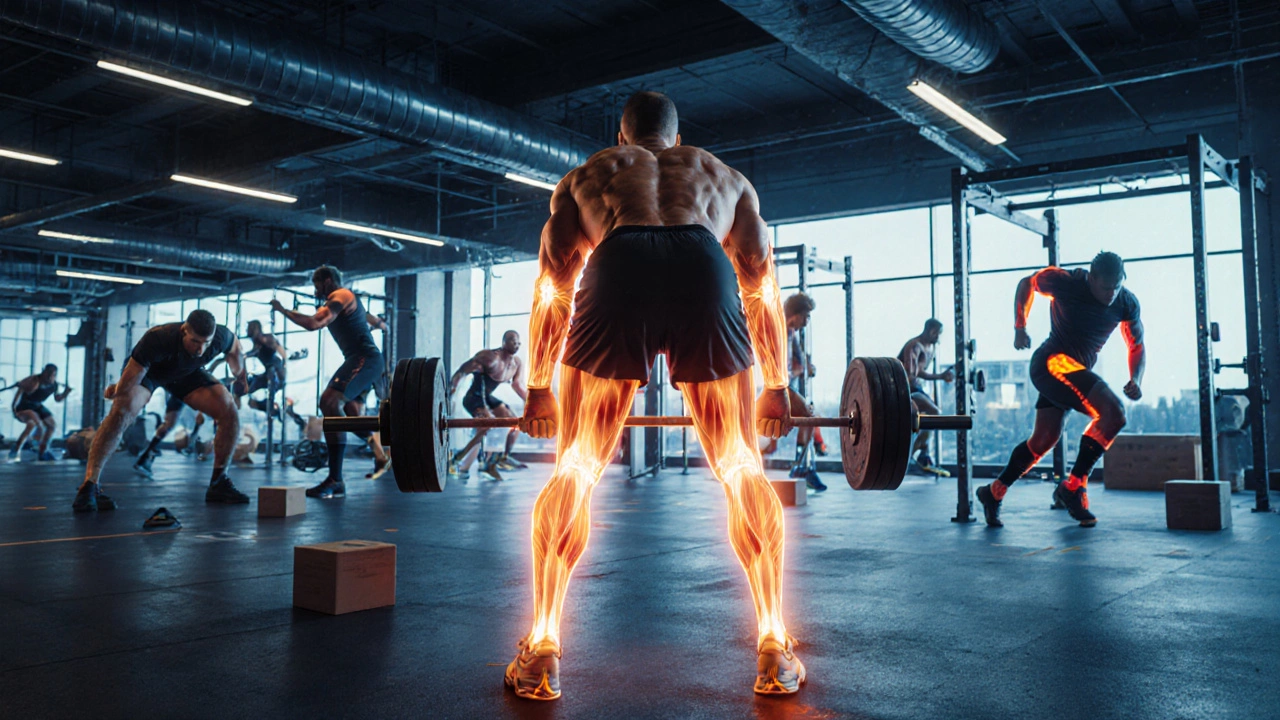
Nutrition: Feeding Those Muscles
Training without the right fuel stalls progress. Rugby players typically consume:
- 1.6-2.2 g of protein per kilogram of body weight daily - to repair muscle fibers.
- 4-7 g of carbs per kilogram - to replenish glycogen stores for high‑intensity work.
- Healthy fats (0.8-1.0 g/kg) - for hormone production, including testosterone which aids muscle growth.
- Frequent meals (every 3-4 hours) plus post‑workout protein‑carb shakes to maximize recovery.
Supplements like creatine monohydrate are also common because they improve power output, letting athletes lift heavier and get bigger legs faster.
Position‑Specific Leg Development
Not every player’s legs look the same. The role they play on the field shapes which muscles they emphasize.
| Position | Primary Muscle Emphasis | Typical Training Add‑on |
|---|---|---|
| Prop | Quadriceps & Glutes | Heavy squats, sled pushes |
| Lock | Hamstrings & Calves | Deadlifts, box jumps |
| Flanker | All‑round leg power | Power cleans, sprint drills |
| Wing | Fast‑twitch fibers (Quads & Calves) | Hill sprints, plyometric hops |
| Full‑back | Endurance‑type muscle fibers | Tempo runs, aerobic conditioning |
Coaches tailor programs so each player’s legs develop exactly where the game needs them.
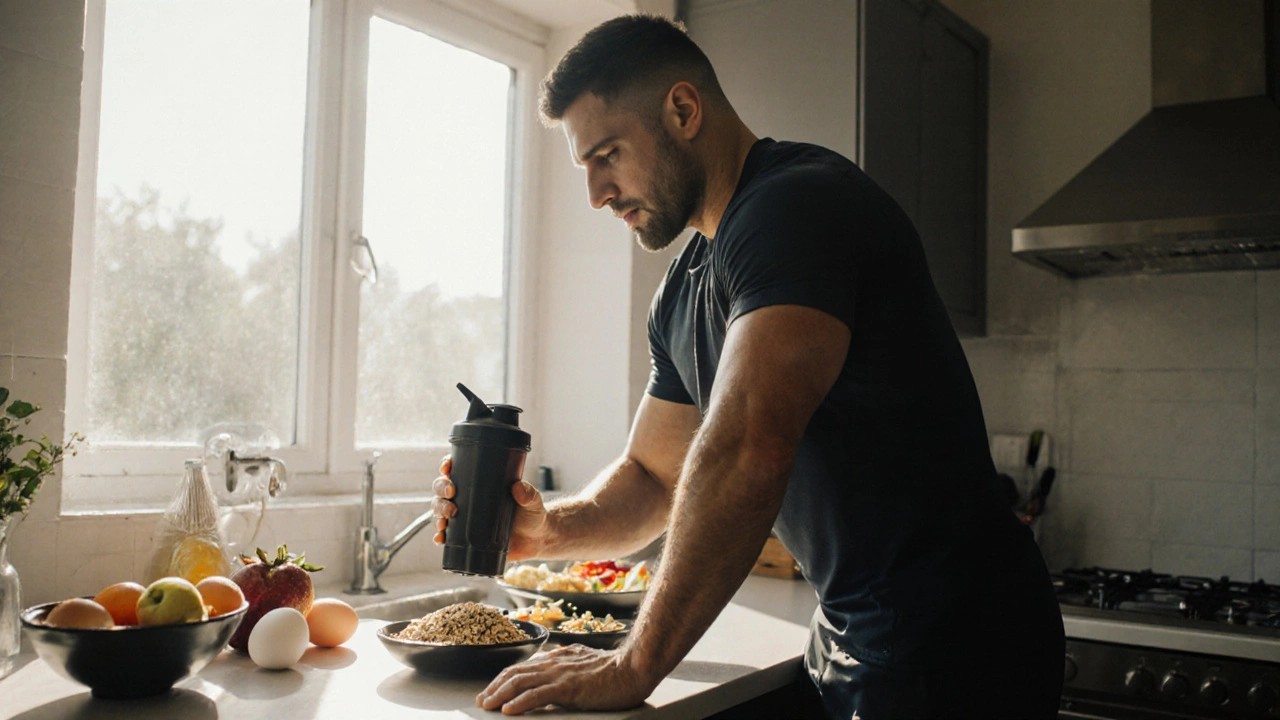
Common Myths About Big Legs
People often assume that massive legs make a player slower, but research shows otherwise. A well‑programmed rugby athlete can have both size and speed because strength training improves the rate of force development. Another myth is that only “big‑muscle” players get injuries - in reality, a balanced program that includes mobility work reduces injury risk.
Quick Checklist: Build Strong, Functional Legs
- Focus on compound lifts (squat, deadlift) at least twice a week.
- Incorporate explosive drills (box jumps, sled pushes) for power.
- Never skip hamstring‑specific work - it protects against strains.
- Eat enough protein and carbs to fuel growth and recovery.
- Add mobility stretches (hip flexor, ankle) after each session.
- Tailor volume to your position - forwards need more raw strength; backs need speed‑focused work.
Follow these steps and you’ll see leg size that actually improves performance, not just looks good on the field.
Frequently Asked Questions
Why do forwards have thicker thighs than backs?
Forwards, especially props and locks, spend most of the game in scrums and rucks where they push against opponents. That constant pushing forces the quadriceps and glutes to grow, giving them the famously bulky thighs.
Can a player develop big legs without gaining excess body fat?
Yes. By keeping a calorie intake slightly above maintenance and focusing on protein‑rich foods, athletes can add lean muscle while staying relatively lean. Regular cardio and mobility work also helps keep body fat low.
How long does it take to see noticeable leg growth?
Most players notice tighter, fuller legs after 6-8 weeks of consistent strength training and proper nutrition. Significant hypertrophy usually appears after 3-4 months of progressive overload.
Is it safe to train legs every day?
Training the same muscle groups intensely every day isn’t advisable because muscles need recovery. However, light technique work, mobility drills, or low‑intensity cycling can be done daily without hindering growth.
Do women's rugby players also develop big legs?
Absolutely. While hormonal differences affect the rate of growth, women who follow the same strength‑focused programs will also see substantial leg development, improving power and injury resistance.
